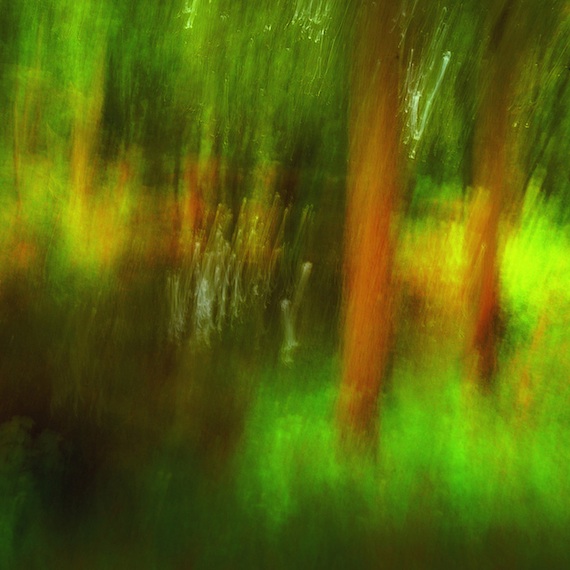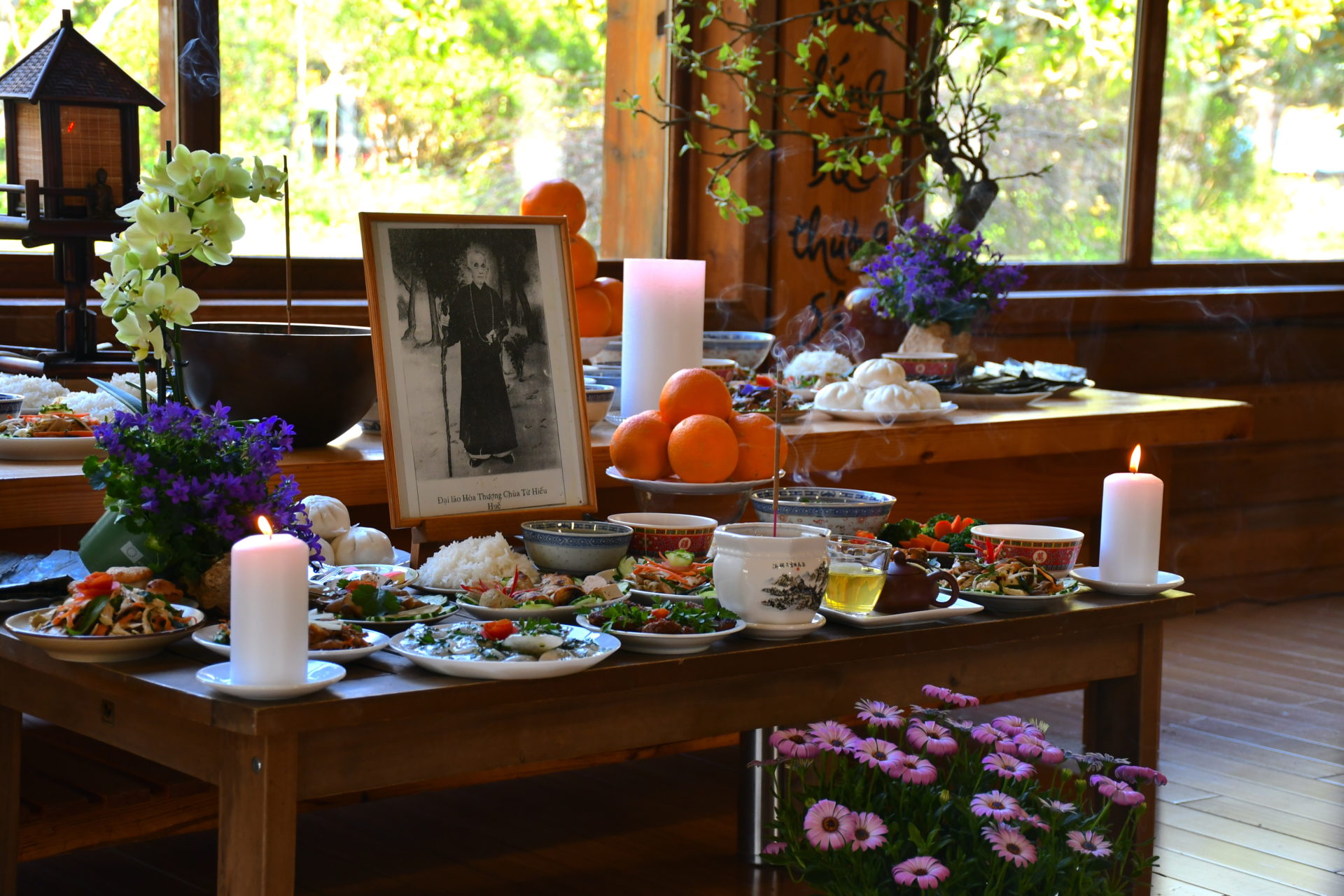When Am I?
Contrary to popular belief, you can't be in the present moment. The post When Am I? first appeared on Tricycle: The Buddhist Review. The post When Am I? appeared first on Tricycle: The Buddhist Review.

Teachings Meditation Month 2025
Contrary to popular belief, you can’t be in the present moment.
By Loch Kelly Jan 06, 2025 Michael Tigerstrom | Flickr
Michael Tigerstrom | FlickrContrary to popular belief, you can’t be in the present moment. However, you are always here now. It is only a matter of whether you know it or not. The Now is often confused with our understanding of the present time or the present moment. In Tibetan Buddhism, the Now is considered the “timeless time” that includes the three relative times of past, present, and future. We know not to get caught in the past or the future, but in order to be in the Now, we also have to let go of the present. The Now is not confined by relative clock time, yet it is also not pure timelessness. The Now is the meeting place of timeless spacious awareness with the relative world and its conventional time. The Now does not come and go, but includes everything all at once. When we’re aware of being in the Now, present moments come and go, like ripples and waves in the ocean of awake awareness.
When we don’t know the alternative to the three relative times, we create an imitation of the Now and call it “the moment” or “the present.” Here’s how Merriam-Webster defines moment:
a: a minute portion or point of time: INSTANT
b: a comparatively brief period of time
Clearly, we can’t live in the moment, because moments come and go like the tick-tock of a clock. Moment . . . gone . . . new moment . . . gone . . . new moment . . . gone. You can’t stop moments or be quick enough to occupy any particular moment of time. Physicist Max Planck recognized that moments are flashes in relative time. He divided moments into small measures known as Planck units, which are 10⁻⁴³ seconds long. No matter how hard we try, we can never slice time thin enough to enter the moment.
Our perceived experience is made up of mind moments that appear continuous, like movies. Films project 24 still frames every second in order to make the movement of their images appear lifelike to the brain. A moment is like a single frame that we can look at but cannot remain in. Even if we took one still frame from a movie, we would see a frozen moment, not the dynamic living Now.
Trying to be in the Now by entering the present moment is also like sitting at the edge of a river, looking at the water flowing over one rock. As soon as you focus on one moment in the flow of water, that portion of water has already moved downstream. We cannot enter present moments because they move too fast and change continuously. Contemporary Tibetan Buddhist teacher Mingyur Rinpoche says, “If you examine even the present moment carefully, you find that it also is made up of earlier and later moments. In the end, if you keep examining the present moment, you find that there is no present moment that exists either.”
Interestingly, mindfulness meditation begins with the opposite approach to trying to be in the moment; it asks us to actually notice moment-to-moment change. One of the great insights we can get from mindfulness meditation practice is that each moment of experience arises and passes. Having a direct experience of this impermanence, from observing awareness, helps us let go of the attempt to calcify any single moment of time, to try to make something stable that is not. When we really get a feeling for the coming and going of moments, it helps us break the illusion of a solid, separate self, which gives us relief from suffering.
The present time is not the Now. When Gampopa, an 11th-century Buddhist teacher, said, “Don’t invite the future. Don’t pursue the past. Let go of the present. Relax right now,” he was pointing to the fact that trying to locate yourself in any of the three relative times, including the present, can cause suffering. It’s not always a benefit to strive to be in the present. While working as a psychotherapist, I saw that the distinguishing feature of clinical depression is feeling stuck in the present. As one client said, “It feels like there is only this present, unbearable pain and no hope of it changing.” Being depressed is like being in a prison where you’re cut off from positive memories of the past and from the potential to change in the future. Part of the treatment for depression is to have people remember how they got through sad periods in the past and realize there’s a positive future. In terms of the present, it’s helpful to realize “This too shall pass.”
It is true that our attention can be negatively obsessed with remembering the past. However, most of us would agree on an everyday level with poet and philosopher George Santayana, who said, “Those who cannot remember the past are condemned to repeat it.” Yet we can also be preoccupied with fearing the future. The ability to imagine the future has helped all of us survive and thrive, for instance by being able to prepare for the coming winter or spring. You can plan for the future and recall the past while being in the Now.
The most important thing to know is that we are always already in the Now—however, we are not always aware of being in the Now. You can only know the Now from awake awareness. Many of us have experienced being in the Now when we were “in the zone” or in a panoramic flow state.
When we learn to shift into directly being aware of being in the Now, our whole sense of reality changes for the better. We can’t be aware of being in the Now from our everyday, ego-identified state of mind. We can shift through the door of the Now into awake awareness, or when abiding in awake awareness, we can begin to notice the feeling of being in the Now. The purpose of clarifying and distinguishing the Now from the present and present moment is for us to be able to shift into being in the Now and know we are here.
♦
From Shift Into Freedom: The Science and Practice of Open-hearted Awareness, by Loch Kelly. Reprinted with permission of SoundsTrue. Experience Loch Kelly’s teachings firsthand by joining our September 2015 online retreat: “Open-Hearted Awareness: A Cure for Addictive Thinking.”
This article was originally published on September 8, 2015.
![]()
Thank you for subscribing to Tricycle! As a nonprofit, we depend on readers like you to keep Buddhist teachings and practices widely available.

 Kass
Kass 

































